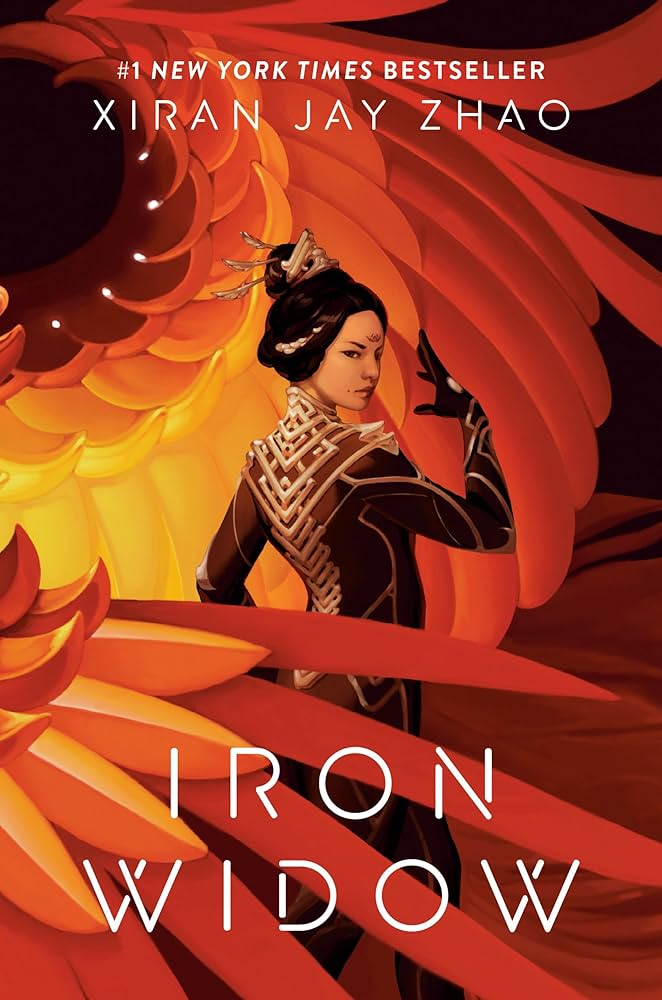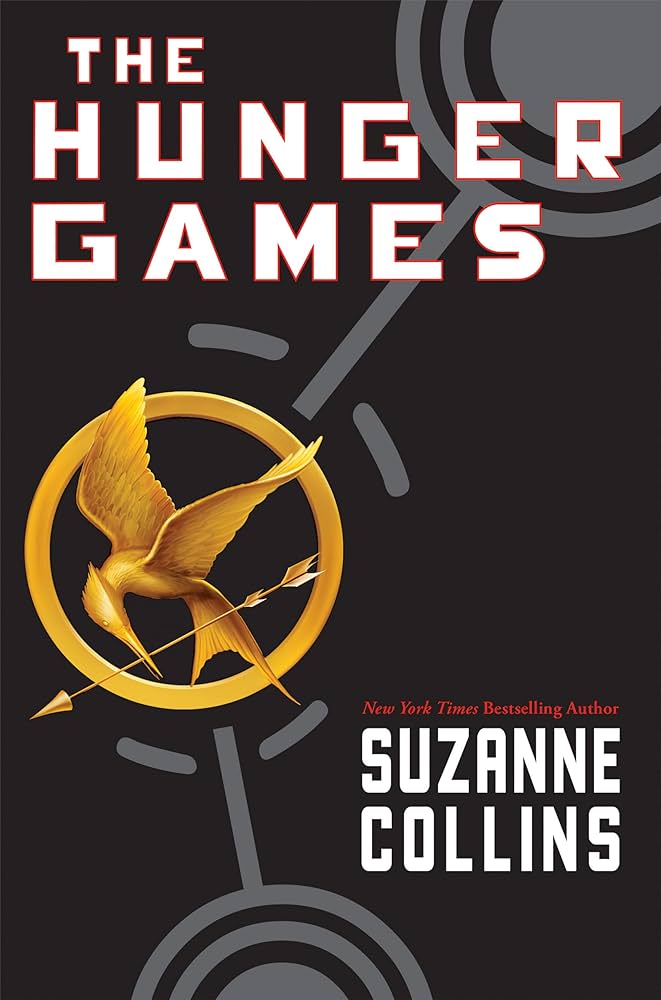Tuesday, April 16, 2024
Week 15 Prompt Response
Friday, April 12, 2024
Week 14 Prompt Response
Whether or not to separate out genres in a library is an interesting discussion. At the library that I work at we only have a few genres that are separated from the collection. They used to shelve mysteries separate, but during the height of the pandemic they interfiled them. The choice to separate out what they do truly makes no sense to me. We currently separate out westerns, science fiction, and short stories. I find that this only creates more confusion because patrons do not know and thus miss out on those books. For the prompt this week the conversation revolves around whether or not Urban Fiction and LGBTQ+ Fiction should be separated from the main fiction collection. I have differing opinions on both so I will talk about each separately.
For Urban Fiction I lean more towards either separating it out or creating a flyer with the popular authors in the genre. The main reason for this is because Urban Fiction is a genre with distinct characteristics. It is the equivalent of having a romance, mystery, or fantasy sections. I speak from experience that when patrons want these books they seek them out specifically. I have had patrons where this is all they read, so they do not usually come to our branch because we do not have it separated out. This genre is also still relatively niche. I think that having it separated with pamphlets in the aisles to explain what it is could actually help the genre rather than hurt it. The only thing that I have an issue with, in regards to separating out Urban Fiction, is that it does limit discovery. As I mentioned earlier in the post the library that I work at has things separated out and it does limit findability. I think that I have checked out only one Western, a handful of Science Fiction, and no Short Stories to patrons since I started working there close to a year ago. This is why I would personally lean towards doing what my library does do for Urban Fiction which is have lists available of the popular authors within the genre. This allows patrons who just want Urban Fiction to have a list of where to go to find it and still keeps it in the general collection to allow patrons to naturally discover it.
For LGBTQ+ Fiction I am vehemently against separating it out from the main collection. The main reasons for this is: it is a broad description that covers books from all genres, it segregates queerness from the main collection, and it can out people. The first reason revolves around the idea of what makes the work in question "LGBTQ+." Is the author queer? Does the book feature a prominent queer character? Does the book have queer themes and subtext? What age ranges would be in this section? What genres would this section cover? As shown by my questions this section would require a lot of thought and would require the librarian to make a ton of choices that would be influenced by their bias. This section would also be huge for the reasons listed above. The idea of LGBTQ+ Fiction is not a genre like Urban Fiction is. LGBTQ+ Fiction does not have defined tropes, does not fall within genre conventions, does not (usually) have set age ranges, and many other aspects. Just from a logistical standpoint this would create more work to do something that the reader is most likely already doing themselves if they want those books. Speaking from my own experience as a nonbinary person who loves to read books with queer characters I am used to seeking out that information on my own. The next main issue I have is that it separates queerness from the main collection. This seeks to other queer people. You are effectively shunning a specific group to one section of the library. By doing this you also limit exposure of queer authors. There are plenty of book that would fall under this classification that wont get read because they are in a special section. The last issue I have with it is that it creates a safety issue. A great thing about the library is that people can seek out materials without judgement. If a library created this section there would have to be a new call number or sticker on the spine, so library staff could shelf the materials properly. This would out people and thus you cut off most of the LGBTQ+ fiction from queer people who are not out of the closet.
For both I think that the best way to separate them out for discovery and to better help patrons find what they want to read is by creating both book lists and displays. Book lists effectively do what separating out items does, but allows patrons to opt into it. If a patron knows that they only want Urban or LGBTQ+ Fiction than they can seek out these lists. With displays it allows the library to call attention to these genres while separating them out for only a limited time. It works to allow patrons who want those items an easy place to get them and it allows for people to discover something new. These options have the benefits of separate shelf locations without the drawbacks.
Saturday, April 6, 2024
Week 13 Prompt Response
I personally believe that it is the purpose of the library to carry books of all kinds regardless if some people think that they pointless. The idea that the genres of young adult (YA), new adult (NA), and graphic novels are not being read by adults is laughable. The second in charge at the library I currently work at only reads manga, Japanese graphic novels, and I myself read a fair amount of YA because I can just shut my brain off while reading them. These genres are just as important as the more traditional genres.
Speaking from the experience as an adult who likes to read YA and NA from time to time I love them because of their simplicity. I love to read a dense fantasy novel or a heady science fiction epic, but sometimes I want to read something that I know will have a simple plot with likeable characters where the good guy always prevails. For the teen reader they serve as a place of transition. The teen has outgrown Diary of a Wimpy Kid and wants something a little more stimulating. It is good to have a place where that teen can get books that both challenge them without scaring them off. If you gave a fifteen year old the first Wheel of Time book with its slow pace and almost 800 pages they might never read again. It is good to have a place in the library where adults can go to seek out a more simple story and teens can seek out a place for them between children's and adult fiction.
For graphic novels I feel as though the conversation is different. Here in the West we tend to see things like graphic novels to be inherently childish. The fact that the books have pictures makes them seem lesser to these people, but I would argue that the best graphic novels use the pictures to only enhance the words. I am currently reading the manga series, Delicious in Dungeon by Ryoko Kui. A coworker and I kept hearing about it on social media, so we are both currently reading it. The story of this series revolves around cooking. Each chapter features a dish being prepared and the artwork really captures the food in a way that words cannot. In a different vain one of my favorite graphic novels, Uzumaki by Junji Ito, is a horror manga about a town in Japan being haunted by spirals. The story takes so wild a bizarre turns but the art is really what brings it home. The book deals with a fair amount of body horror and it is so much more horrifying to see it drawn out rather than just being words on a page.
I personally think that the best first step that we can do to promote this books to the library users is to put out displays. There could be a display of YA/NA books that have appeal to adults or a display of some of the best graphic novels that are in the library. I personally think that the best thing that you can do to convince someone of these genres right to be promoted is to be exposed to them. Most of the critique towards these genres is from people who are coming into them with preconceived notions of what they expect of "literature." We should work to introduce readers to their next favorite thing.
Young Adult Annotation - The Chalice of the Gods by Rick Riordan
- Adventure
- Fun
- Relatable
Week 15 Prompt Response
An important thing that libraries can do to, hopefully, increase circulation is to market the collection. I think that the three best ways t...
-
An important thing that libraries can do to, hopefully, increase circulation is to market the collection. I think that the three best ways t...
-
For this week's prompt, I would like you to think of an innovative way to promote romance or horror at your local library (pick one, ju...
-
I completed this assignment a little bit away from my local library. When I got to the information desk there was no one there. I looked ar...






